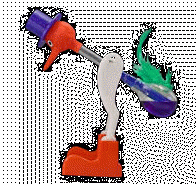|
Content |
Description |
|
Ptolemy's Geocentric model of the solar system |
Look at
this page which has an interactive zoomable image of
Ptolemy's model. It is also worth looking at
this website, which gives a little glimpse into the history
of our models of the solar system.
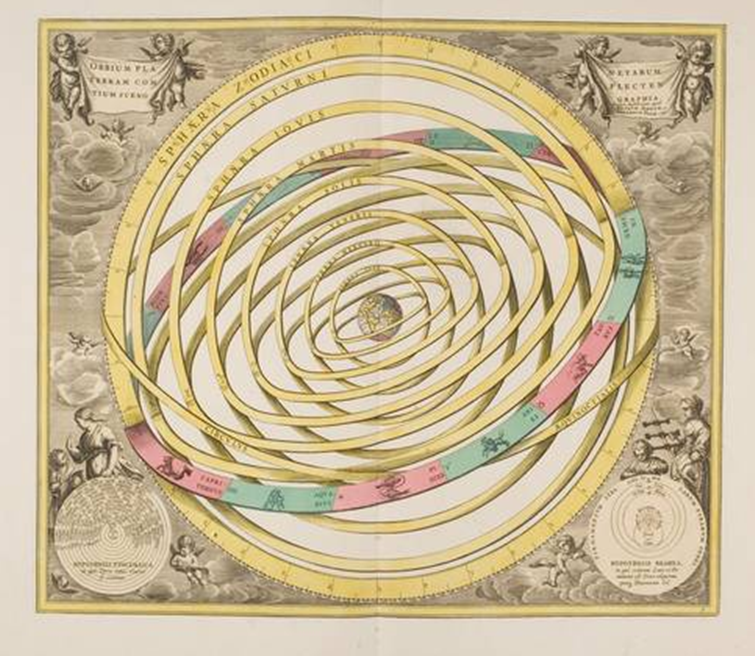 |
|
Ptolemy's "Epicycles" idea |
This applet
demonstrates Ptolemy's solution to the idea of "wandering stars"
for both the inner and outer planets.
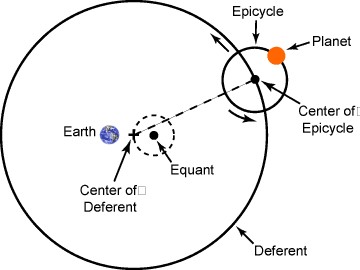 |
|
Wandering stars - retrograde
motion |
This video
was created using the open source "Cartes Du Ciel" (Skycharts)
software. It
shows the path of the planets through the sky, including the
apparent retrograde motion which can be observed. You can
download "Cartes Du Ciel" (Skycharts)
for free from their
website
or SourceForge
page. Note: you'll
probably want to view in fullscreen mode to see clearly!
|
|
Wandering stars - retrograde motion |
This applet illustrates
how a heliocentric (sun centred) solar system can explain the
apparent retrograde motion of planets. It is also highly
recommended that you look at the modellus
file illustrating
the same phenomenon. |
|
Orbital Simulator |
Set up systems
of stars/planets/comets/moons etc and investigate the orbits.
Click here to
load the applet.
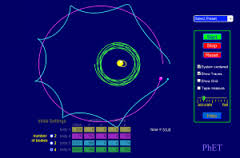 |
|
Kepler's 1st law |
This applet illustrates
the eccentricity of the orbits of all our planets, and a
friendly neighbourhood comet. Gives real-world data on
perihelion and aphelion of each object - useful for orbital
analysis problems. |
|
Kepler's 2nd law |
This applet illustrates
kepler's law of equal areas in equal times for elliptical
orbits. It doesn't look super-pretty, but gives some useful
analytical tools and has real world data for astronomical
objects. |
|
Kepler's 2nd law |
This applet illustrates
kepler's 2nd law too, (i.e. equal areas in equal times) but
looks a bit prettier. |
|
|
|
|
Circular Motion |
This document is
a step-by-step derivation of the laws
of circular motion.
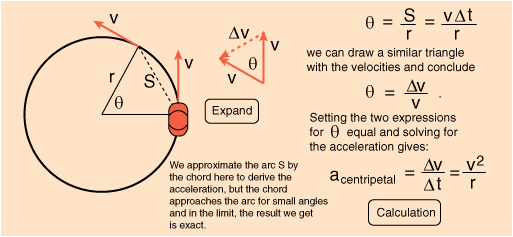 |
|
Circular motion questions |
Here are some simple
questions to test
your understanding of circular motion!
Here are some questions
about a theme-park ride (rather
like "Vertigo" at Oakwood!) which will test your understanding
of circular motion.

These are some
more challenging questions. |
|
Gravity as a uniform field |
These
questions will test your understanding and extend your ideas
about gravity as a uniform field.
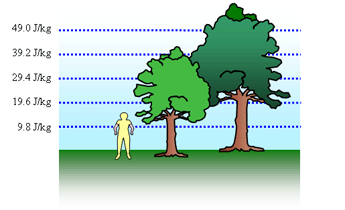
You may also want to look at
this page on the Institute of Physics TAP website. |
|
How to measure G |
The experiment used to measure the universal
gravitational constant "G" is usually credited to Cavendish,
though in fact it was Charles Boys in Oxford who in fact
measured G in or around 1893. The experimental setup he
used was similar to Cavendish's apparatus, but much more
compact. Your teacher will explain the history and how the
experiment worked and show you
these diagrams of the
experimental apparatus.
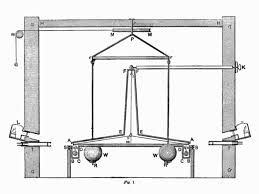
You will also want to
read the information on
this document
(Q60C) and answer
the questions. |
|
Gravity as a non-uniform field |
Here is an
equation sheet with all the new formulae you have learned
covering gravitational fields. |
|
Gravity |
You will
find some simple questions here to
test your understanding of gravitational fields. |
|
Changes in GPE and KE for orbits |
You are going to calculate the velocity of a
satellite in various points around its orbit, by considering the
energy changes as it moves through its orbital path. Your
teacher will guide you through an example of this, and may show
you
this simulation - which is nice for showing orbital
eccentricity and variation in speed.
When
you are happy you understand, try
these questions.
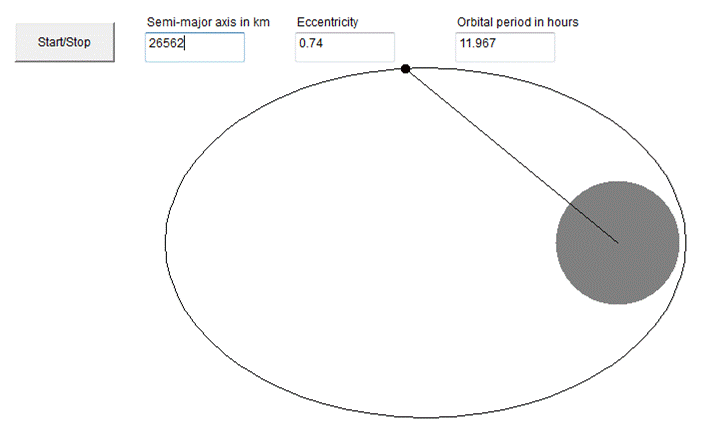 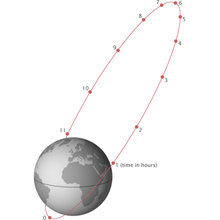
Teacher note: for
Molniya orbit set semi-major axis to 26562km and eccentricity to
0.74
Incidentally, the
Wikipedia
page about Molniya orbits makes for interesting reading, as
does
this page from Astronautix. Finally, as an aside,
there is a table of data on
this
wikipedia page which is useful for devising questions about
other orbits. |
|
Chapter
11 Summary questions |
You will
find some summary questions here to
test your knowledge of the concepts covered in chapter 11. |
